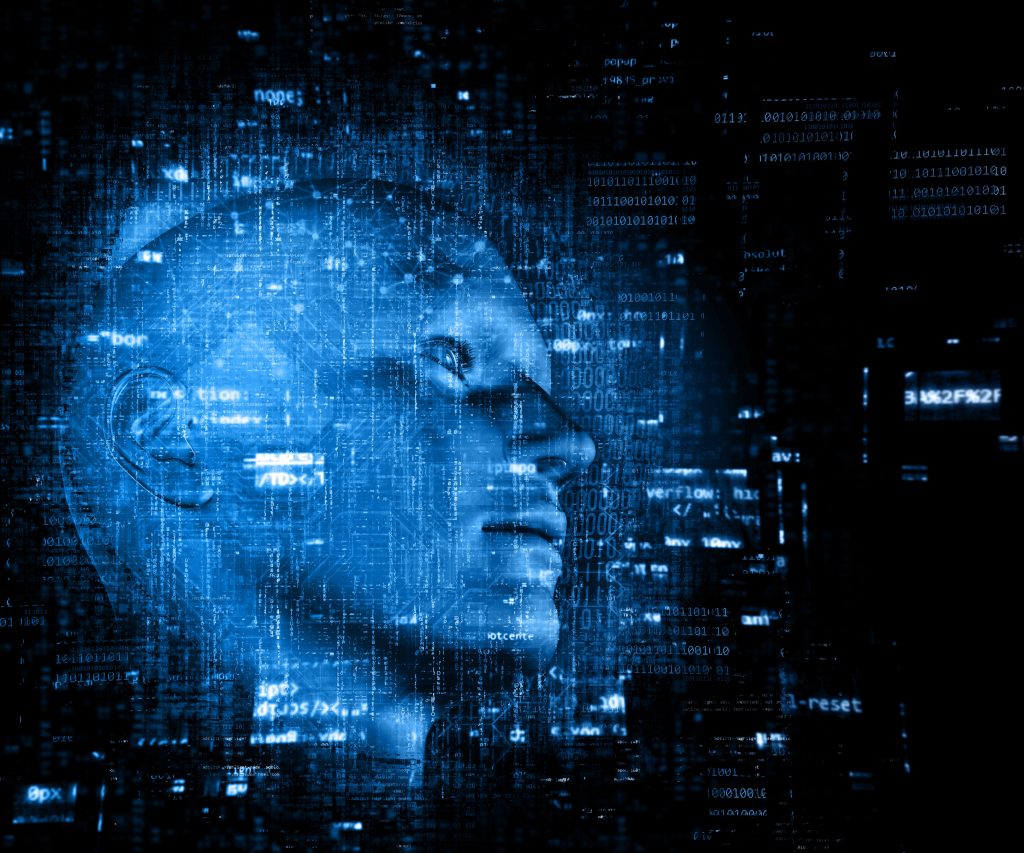“Deepfakes” are files manipulated using Artificial Intelligence (AI) to deceive people. These can be fake videos, images or sounds that appear to be real or original. Cybercriminals harness the power of this intelligence to execute increasingly sophisticated attacks.
The term “deep” comes from “deep learning,” and is combined with “fake,” which means “false.” Therefore, “deepfakes” refers to the use of artificial intelligence and machine learning to create files that appear authentic, but are actually deceptive. The impressive ability of these computer programs to achieve a realistic appearance is based on their ability to understand and use the cognitive patterns of the human brain, making them extremely deceptive.
Cybercriminals use this threat to hijack information and gain access to confidential data, or to generate disinformation attacks and even manipulation in, for example, electoral processes. This can spread fake news, influence decision-making or destabilize relationships, causing discomfort and uncertainty, among others.
Between 2021 and 2022, US government agencies collaborated to establish a set of employable best practices to take in preparation for and response to Deepfakes as they are an ongoing threat not only to national security, but also to society, the political or financial system.
What are some details that should be taken into account to detect a Deepfake?
- Short Video: Almost all the fake files are just a few seconds long as it is a time-consuming job.
- Flaws: there are small differences between real and fake files, such as facial expressions or cut movements that give us a sign that it may be a manipulated video.
- Faces: The neck, face, mouth and eyes are an easy way to tell that it is a deepfake, since the fake files are usually close-ups of the faces, therefore, if you look in detail The way you speak, your teeth, and how quickly you close your eyes increase the chances of detecting these errors.
- Sound: videos do not synchronize sound and image 100% correctly, so the movement of the lips does not usually coincide with the voice.
- Shadows/lighting: fake photos or videos have a small difference in lighting and shadows compared to real ones, with flaws such as blurred edges or unnatural details.
INSSIDE Cybersecurity continually works to improve security systems. And it has a team of experts that adapts to the changes and challenges that arise in the world of cybersecurity and artificial intelligence.
For more information contact INSSIDE

